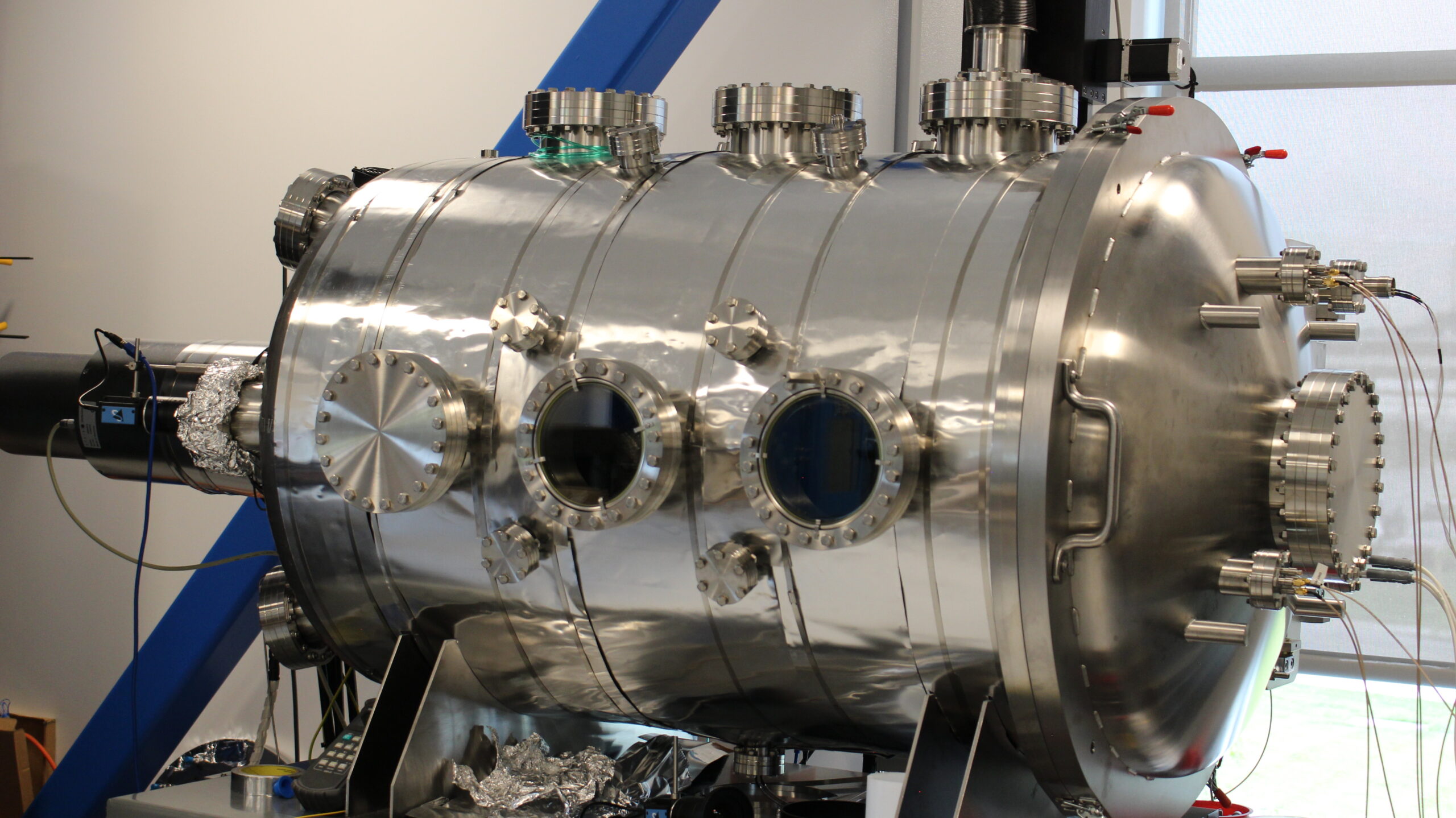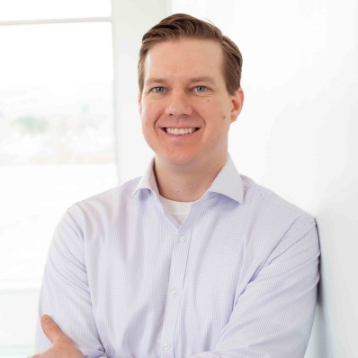
Webinars

Take part in EMA’s Solving Electromagnetic Challenges webinar series, where you will learn how to overcome the most pressing issues in the industry. Whether it's adapting to new standards, adopting new technologies and methodologies, or optimizing your designs and workflows, Solving Electromagnetic Challenges will give you the edge you need to succeed.
Our next webinar is Wednesday, April 23, 2025
Space Environment and Radiation Effects Lab: Capabilities and Roadmap

Testing for the harsh environment of space can be difficult, but at EMA, we're making it a little easier.
EMA's Space Environment and Radiation Effects (SERE) lab is a space environment simulation test facility that specializes in spacecraft charging and ESD issues that occur on an instrument and bulk material level. We've helped customers establish risk levels pre-flight to ensure full lifetime mission success through comprehensive testing and analysis. Our adaptability can allow for custom testing solutions to suit a large range of environments and scenarios.
By conducting ground testing during the design phase of the spacecraft or device, these results can help solidify or shape any construction or composition changes that may be necessary. This is done by utilizing the SERE lab's array of radiation sources and measurement techniques to simulate the environment in question, characterizing the given charging behavior or sample degradation to provide insight towards mitigation techniques. Problem areas that the SERE lab can investigate include solar array testing per ISO-11221, optical degradation characterization of thin film coatings, plasma interactions of exposed dielectrics including high voltage or powered scenarios, material aging studies, along with material characterization crucial for understanding charging behavior.
This webinar will review the specific capabilities that the SERE lab can currently provide, along with the development roadmap for future prospects. Overview of some past work will be shared to give more detail into how we investigate risk scenarios, and how the experts at EMA can provide customers with the testing needs they require to fulfill necessary mission requirements.
Join us on April 23 at 1 p.m. ET/ 11 a.m. MT. Click here to get registered.

Speaker: Brian Wood
EMA Senior Scientist
Brian received his MS degree in physics from Utah State University in 2015, where his research focused on the synthesis and optical characterization of carbon nanotube forests. After graduation, he worked at Space Dynamics Lab to help develop a neutral particle beam emitter to help simulate atomic oxygen ablation processes in low earth orbit. He later returned to Utah State to join the Material Physics Group within the physics department to research issues pertinent to the spacecraft charging community. Here he collaborated and authored studies involving the radiation effects of both spaceborne passive materials and powered components, to understand how ionizing radiation and total dose affected their performance and material properties. Brian joined the EMA team as a Scientist in 2020, where his main focus was the construction and development of their Space Environment and Radiation Effects (SERE) lab, which has been used to both validate EMA’s simulation software as well as provide commercial availability of measurements and observations applicable for space applications.
View our previous webinars here:


